The combination switch in a car serves as a multifunctional control unit that allows the driver to operate various electrical components of the vehicle with ease. Here's how it typically works:
Switch Mechanism: The car combination switch consists of several levers or buttons integrated into a single unit, usually located on the steering column or steering wheel. These controls may include indicators for turn signals, headlights, windshield wipers, windshield washer, horn, and sometimes additional functions like cruise control or high beams.
Electrical Connections: Inside the combination switch, there are electrical contacts corresponding to each function it controls. These contacts are connected to the vehicle's electrical system.
Input Signals: When the driver operates the controls (such as flipping the turn signal lever, turning the headlight switch, or pushing the wiper control stalk), it sends electrical signals to the combination switch.

Control Logic: The combination switch interprets these input signals and activates the appropriate electrical circuits based on the driver's commands. For example, if the driver flips the turn signal lever up or down, the combination switch sends a signal to the turn signal relay, which then activates the corresponding turn signal lights on the exterior of the vehicle.
Integration with Vehicle Systems: The combination switch is integrated with various vehicle systems to ensure proper operation. For instance, when the driver activates the windshield wipers, the combination switch sends signals to the wiper motor to initiate the wiping action. Similarly, when the headlight switch is turned on, the combination switch triggers the headlights to illuminate.
Feedback Mechanisms: In modern vehicles, the combination switch may incorporate feedback mechanisms such as indicator lights on the dashboard to provide visual confirmation to the driver when certain functions are activated (e.g., turn signals, high beams).
Safety Features: Some combination switches may include safety features such as preventing the windshield wipers from activating if the vehicle is not in the proper mode (e.g., not in 'Park' or 'Neutral'), or disabling certain functions while the vehicle is in motion to prevent driver distraction.
The combination switch serves as a crucial interface between the driver and various electrical components of the vehicle, allowing for convenient and safe operation while driving.


 English
English Español
Español
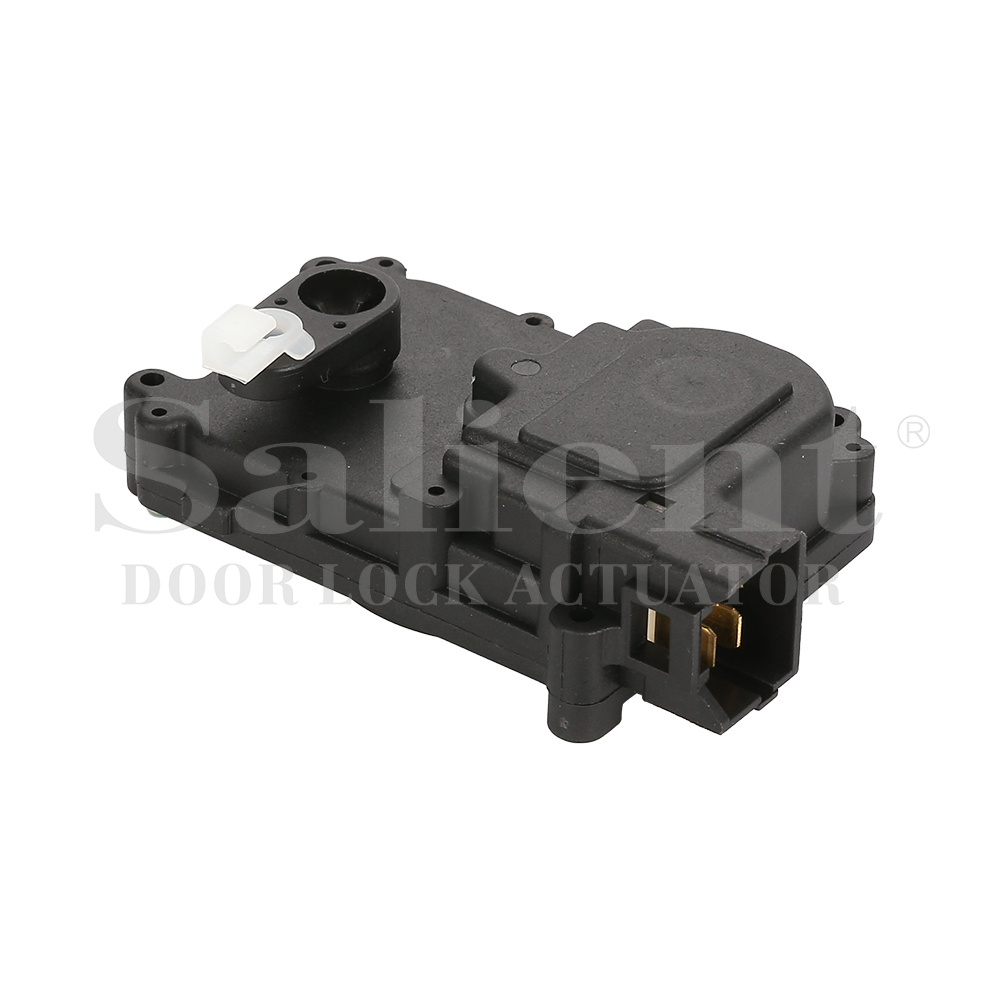
-1.jpg)
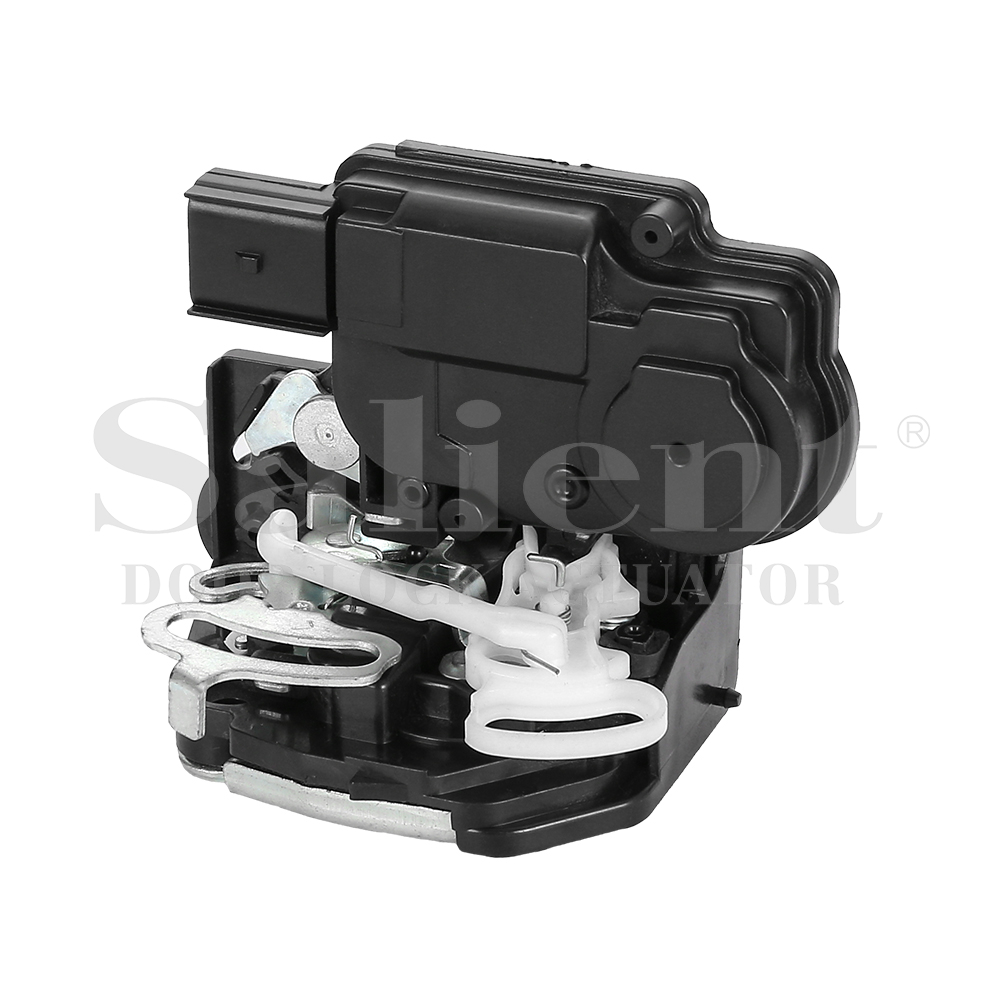
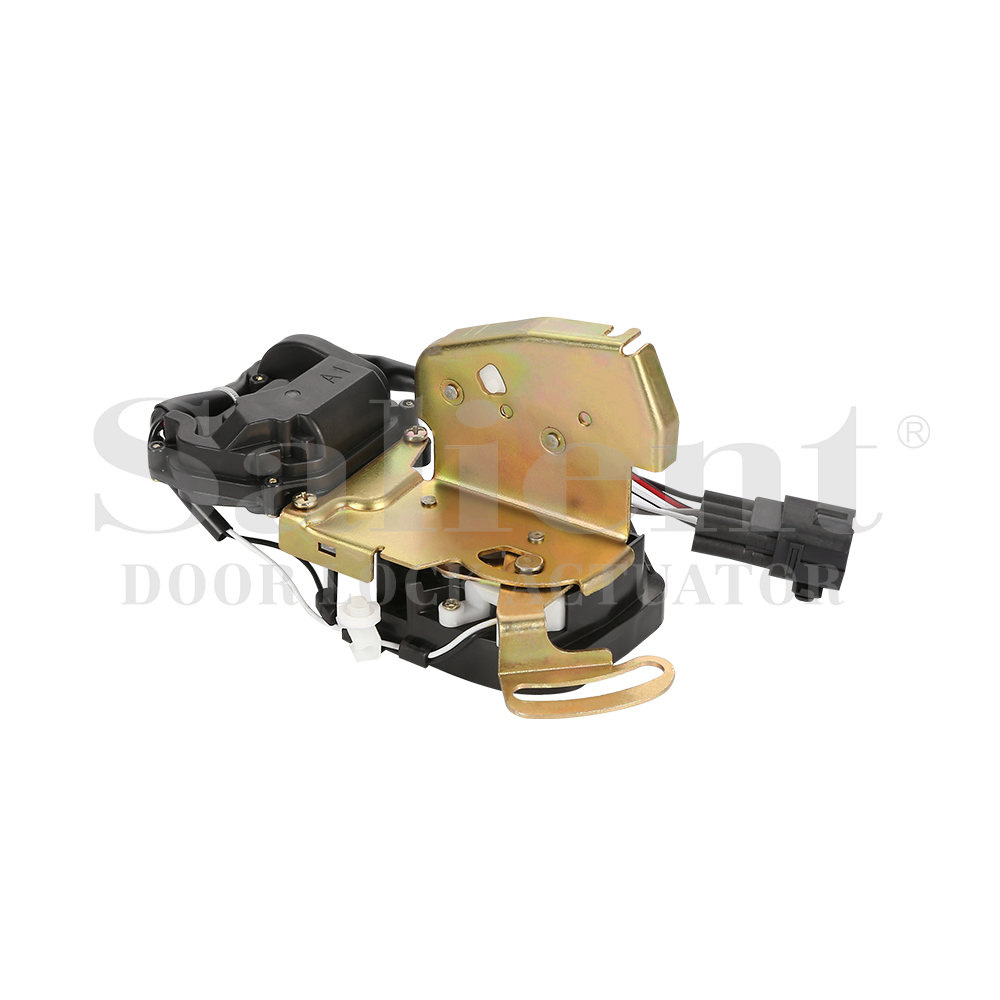
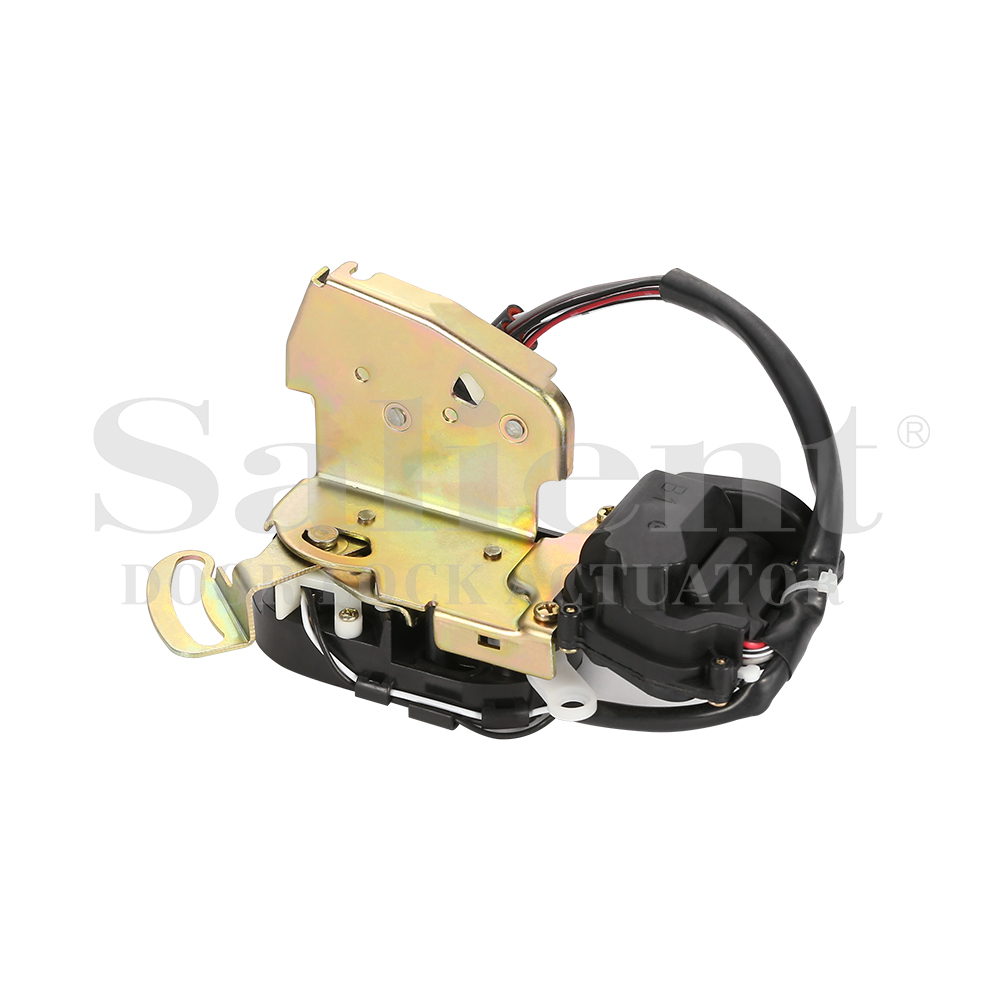
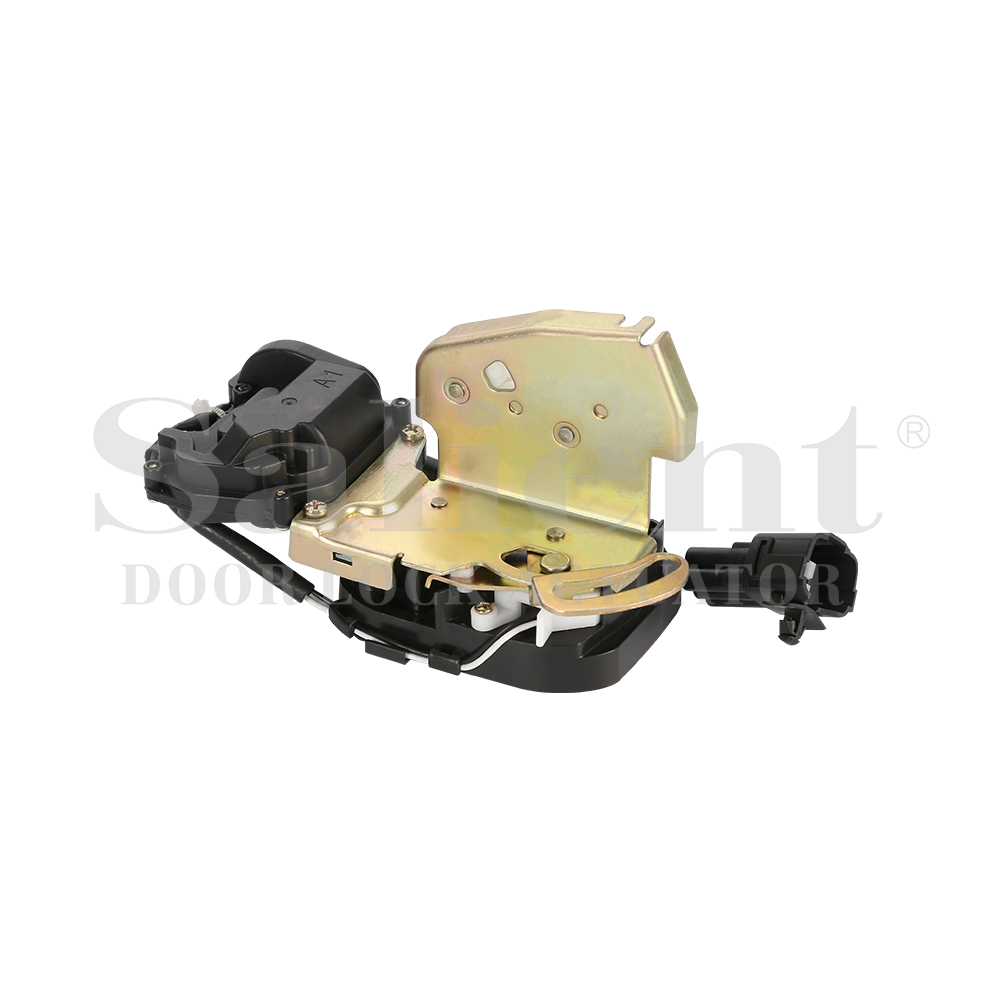
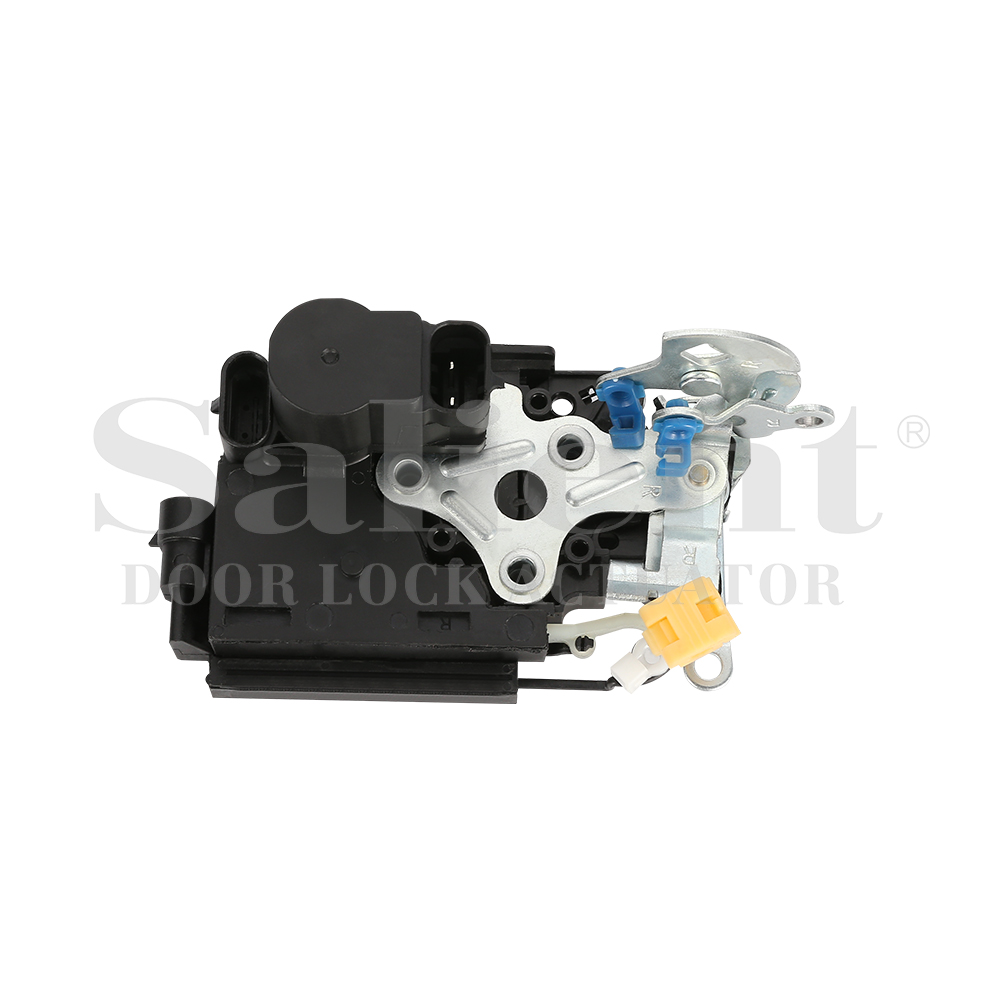
.jpg)
.jpg)
.jpg)
.jpg)
.jpg)

